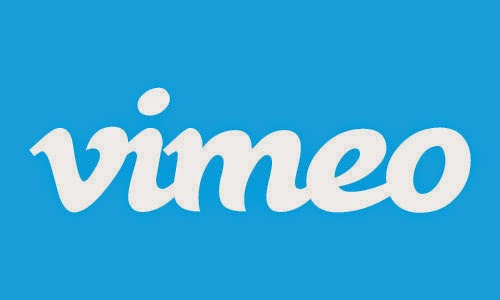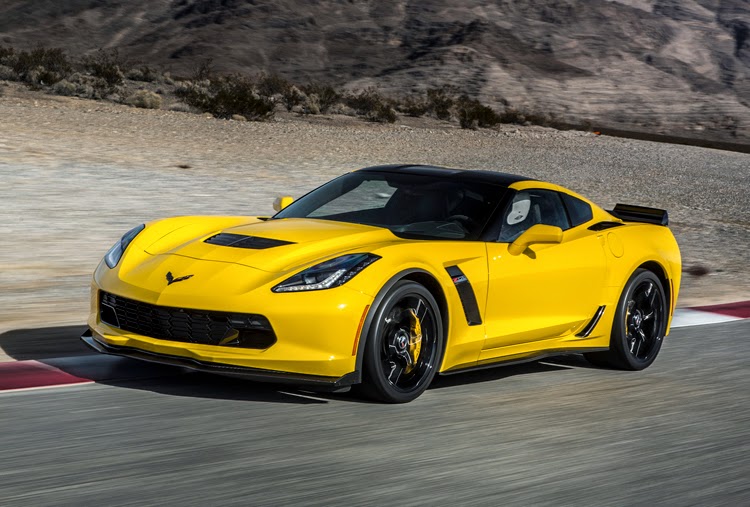Vimeo
Unknown
February 27, 2015
0 Comments
Vimeo was founded in November 2004 by Jake Lodwick and Zach KleinThe name Vimeo was created by Lodwick, as a play on the words video and me. Vimeo is also an anagram of the word movie.IAC/InterActiveCorp purchased Vimeo in August 2006, as part of its acquisition of Connected Ventures.In January 2009, Dae Mellencamp joined IAC as General Manager of Vimeo.She served as the CEO of Vimeo until 19 March 2012 when Kerry Trainor joined Vimeo as the CEO.
As of December 2013, Vimeo attracts over 100 million unique visitors per month and more than 22 million registered users.Fifteen percent of Vimeo’s traffic comes from mobile devices.As of February 2013, Vimeo accounted for 0.11% of all Internet bandwidth, following fellow video sharing sites YouTube and Facebook.The community of Vimeo includes indie filmmakers and their fans.The Vimeo community has adopted the name "Vimeans", meaning a member of the Vimeo community, usually one who is active and engaged with fellow users on a regular basis.TheWhite House posts high-definition versions of its broadcasts to Vimeo.Vimeo has helped to offload traffic fromImprov Everywhere's servers after new pranks are announced, and continues to host most of their videos. Vimeo was also the original location of Noah Kalina's "everyday" video,a popular viral video.
On 21 July 2008, Vimeo announced that they would no longer allow gaming videos. Vimeo cited a few reasons, including that the unusually long duration of gaming videos was holding back transcoder wait times.Existing gaming videos were deleted on 1 September 2008. All new uploads are currently subject to this rule, but machinima videos with a story of their own are still permitted.
Video quality[edit]
On 9 October 2007, Vimeo announced support for high definition playback in 1280×720 (720p), becoming the firstvideo sharing site to support consumer HD.Uploaded HD videos were automatically converted into 720/30p VP6Flash video. Since August 2010, all videos are encoded into H.264 for HTML5 support. All videos uploaded before were re-encoded. Non-Plus users can upload up to 500 MB of videos per week, and up to one HD video per week (additional HD videos uploaded within the same week are encoded to SD).
Non-HD videos re-encode at a maximum of 30 frame/s but suffer in general video image quality, which is inline with the low bitrate for videos in the 640×360 size. Usually the video content is re-encoded to bitrate below 0.5 Mbit/s. This is not high enough data rate to reproduce the fine details that can be captured from, e.g., a consumer video camera or iPhone.
Premium accounts
On 16 October 2008, Vimeo unveiled its $60-per-year Vimeo Plus package, which allows users additional weekly uploads (up to 5 GB), unlimited HD videos, unlimited creation of channels, groups and albums, no ads, HD embeds, 2-pass video re-encoding that results in higher quality, priority encoding, and more. The arrival of Vimeo Plus also meant the downgrade of the free version, which up to that point also enjoyed unlimited HD re-encodings per week and unlimited creation of groups/albums/channels. Since February 2010, Plus users can choose to re-encode their 1080p upload as either 1080p or 720p. As of 22 July 2010, the site offers unlimited HD embeds.As of 4 January 2011, Vimeo Plus users can upload videos that are up to five gigabytes of footage, roughly equivalent to 2.5 hours of HD video.This makes it possible for full length, high-definition feature films to be uploaded to Vimeo by Vimeo Plus users.
On 1 August 2011, Vimeo introduced the PRO account type for business and commercial use, which allows 50GB of storage, 250k plays, advanced analytics, third party video player support and more. Everyone except "small scale independent production companies, non-profits, and artists who want to use the Vimeo Service to showcase or promote their own creative must become Vimeo PRO subscribers in order to upload commercial videos or use Vimeo for their business's video hosting needs.








